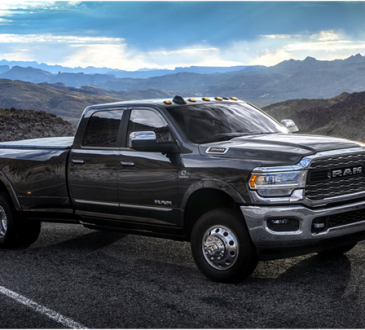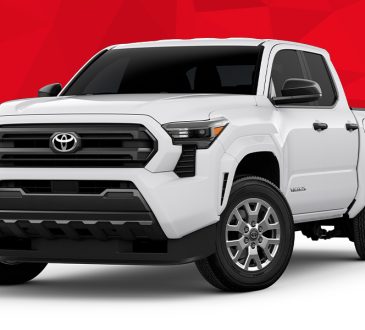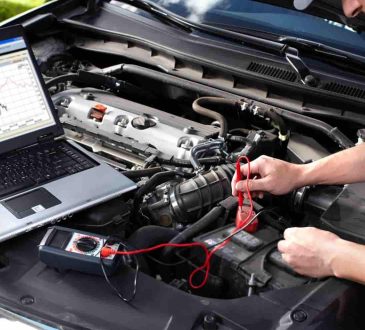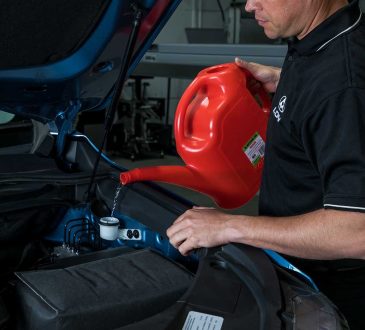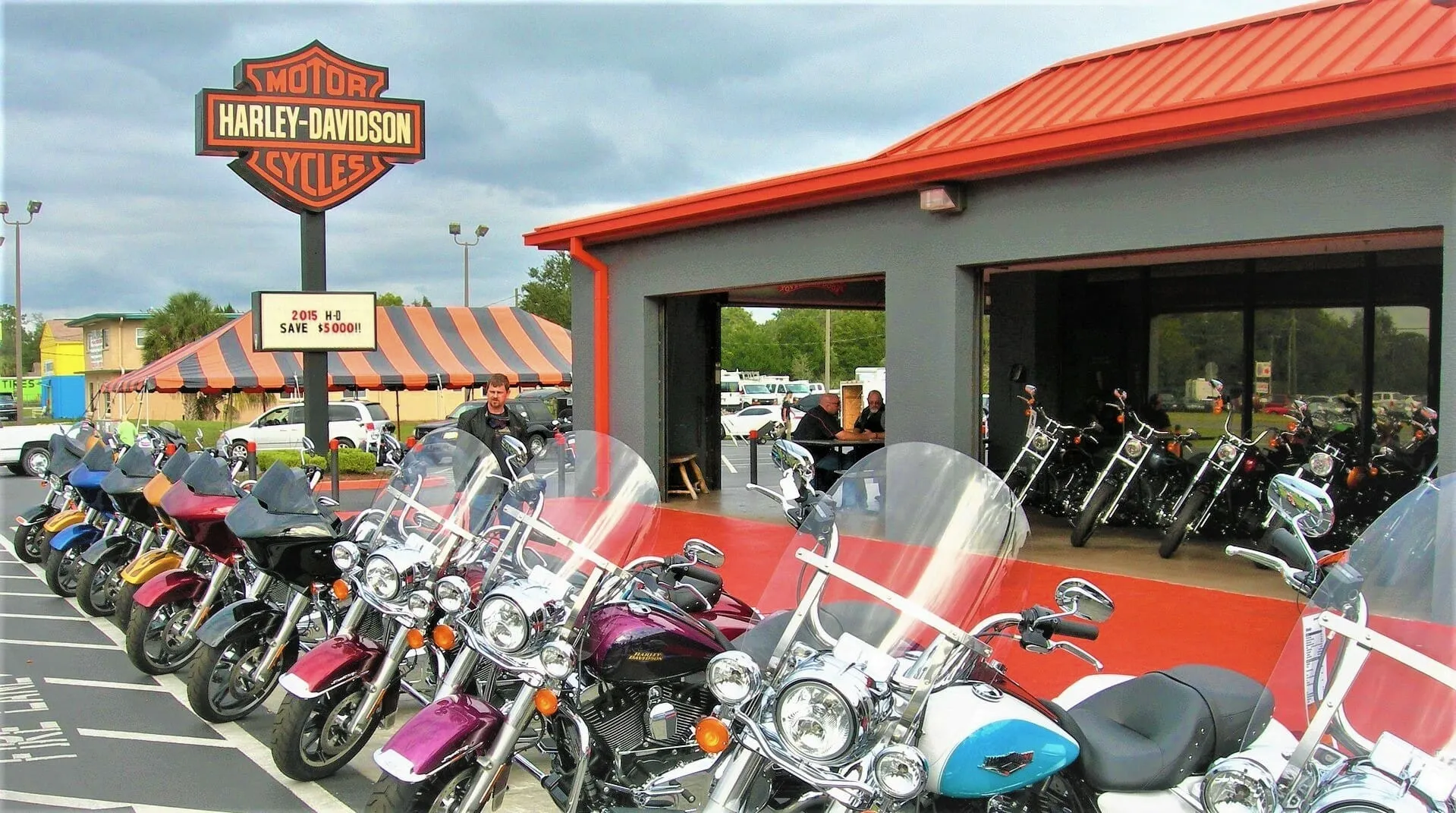
If you’re considering upgrading your motorcycle, trading in your current bike can be a smart, convenient way to reduce the cost of your next purchase. Many dealerships offer motorcycle trade-in options, allowing you to apply the value of your old bike toward a new or used model. For those unfamiliar with the process, understanding how motorcycle trade-ins work can help you maximize the value of your trade and make the entire experience smoother.
In this guide, we’ll walk you through how motorcycle trade-in options work, what to expect during the trade-in process, and tips for getting the best deal.
What Is a Motorcycle Trade-In?
A motorcycle trade-in is when you exchange your current motorcycle for credit toward the purchase of another motorcycle at a dealership. Rather than selling your bike privately and dealing with the hassles of listing it online, negotiating with buyers, and handling paperwork, the trade-in process simplifies the transaction by allowing you to work directly with the dealer. The dealer appraises your bike’s value and offers a trade-in amount, which can then be applied toward the purchase of a new or used motorcycle.
Key Benefits of Trade-Ins:
- Convenience: Trading in your motorcycle at a dealership is a one-stop process. You don’t need to worry about marketing the bike, setting up viewings, or handling negotiations with potential buyers.
- Instant Value: When you trade in your motorcycle, you receive an immediate value offer from the dealership, which can then be applied to your new purchase.
- Reduced Hassle: By trading in, you avoid the hassle of handling paperwork such as title transfers and bill of sale documentation. The dealership takes care of these details for you.
How the Motorcycle Trade-In Process Works
The motorcycle trade-in process is relatively straightforward, but there are a few key steps you’ll go through before you can apply your trade-in credit to a new bike. Understanding these steps can help you prepare and ensure you get the best deal.
Step 1: Prepare Your Motorcycle for Trade-In
Before taking your bike to the dealership, it’s important to make sure it’s in the best possible condition. Dealers will evaluate the overall condition of the motorcycle, and making small improvements can increase its trade-in value.
Key Preparation Tips:
- Clean and Detail the Bike: First impressions matter. Washing your motorcycle, cleaning any dirt or grime, and giving it a thorough detailing will make it more appealing during the appraisal process.
- Fix Minor Repairs: Consider fixing any minor mechanical issues, such as replacing a burned-out lightbulb or fixing a loose chain. While you don’t need to spend a lot of money on repairs, addressing small problems can improve the bike’s value.
- Gather Documentation: Be sure to bring all relevant documentation, including the title, registration, and maintenance records. A well-maintained bike with a documented service history is likely to fetch a higher trade-in value.
Step 2: Get a Trade-In Appraisal
Once your motorcycle is ready, the next step is to bring it to the dealership for an appraisal. The dealership’s staff will inspect your bike, assess its condition, and determine its trade-in value based on factors such as age, mileage, condition, and market demand.
What Dealers Consider During the Appraisal:
- Age and Model: Newer bikes or models that are still in high demand tend to have higher trade-in values. Older models or bikes that are no longer popular may have lower appraisals.
- Mileage: Just like with cars, motorcycles with lower mileage are typically valued higher. High-mileage bikes may be seen as having more wear and tear, which can reduce the trade-in value.
- Condition: The overall mechanical and cosmetic condition of the motorcycle is one of the most important factors in determining trade-in value. Bikes with visible damage, worn tires, or mechanical issues may receive a lower offer.
Step 3: Receive the Trade-In Offer
After the dealership completes the appraisal, they will provide you with a trade-in offer. This offer represents the value the dealer is willing to give for your motorcycle, which can be applied as credit toward the purchase of another bike.
Things to Consider When Receiving an Offer:
- Negotiation: You’re not obligated to accept the dealer’s initial trade-in offer. In some cases, there may be room for negotiation, especially if you’ve done research on your motorcycle’s value beforehand.
- Market Research: Before accepting an offer, it’s a good idea to check online resources such as Kelley Blue Book or NADA Guides to get an estimate of your bike’s value. Having this information can help you negotiate a fair deal.
- Separate the Trade-In from the Purchase: To get the best deal, it’s important to separate the trade-in value from the price of the new motorcycle you’re purchasing. Be clear about the trade-in value and negotiate the price of the new bike separately.
Step 4: Apply the Trade-In Credit to Your Purchase
Once you accept the dealership’s trade-in offer, the value of your motorcycle is applied as credit toward the purchase of your new or used bike. This credit reduces the amount you’ll need to pay upfront or finance for your new motorcycle, which can make the purchase more affordable.
How Trade-In Credit Works:
- Reducing the Purchase Price: The trade-in credit is applied directly to the cost of the motorcycle you’re buying, reducing the overall purchase price. For example, if the trade-in value of your bike is $5,000 and the new bike costs $12,000, your out-of-pocket cost is reduced to $7,000.
- Potential Tax Savings: In some states, you only pay sales tax on the difference between the trade-in value and the price of the new motorcycle. This can lead to additional savings on taxes, making a trade-in even more financially advantageous.
Maximizing the Value of Your Trade-In
While dealerships make the trade-in process easy and convenient, getting the best value for your trade-in requires some preparation and research. Here are a few tips to help you maximize your motorcycle’s trade-in value.
1. Research Your Bike’s Value
Before heading to the dealership, research your motorcycle’s market value using resources like Kelley Blue Book or NADA Guides. These tools can give you a ballpark estimate of what your bike is worth based on factors like age, mileage, and condition.
2. Get Multiple Appraisals
It’s a good idea to visit more than one dealership to get multiple trade-in appraisals. Different dealerships may offer different values based on their inventory needs or market demand for your motorcycle’s model. By comparing offers, you can ensure you’re getting the best deal.
3. Make Simple Repairs and Upgrades
Small investments in repairs or upgrades can increase your motorcycle’s trade-in value. Replacing worn tires, fixing cosmetic damage, or updating the battery are all inexpensive improvements that can make your bike more attractive to dealers.
4. Keep Detailed Maintenance Records
A well-maintained bike is likely to fetch a higher trade-in value. If you’ve kept up with regular maintenance, such as oil changes and tire rotations, be sure to bring documentation to show the dealer. This gives them confidence that your bike has been properly cared for.
Pros and Cons of Motorcycle Trade-Ins
Pros:
- Convenience: Trading in your motorcycle at a dealership is a quick and easy process, allowing you to upgrade your bike without the hassle of selling privately.
- Instant Credit: You receive immediate value for your bike, which can be applied directly to your next purchase, reducing the amount you need to finance or pay upfront.
- Hassle-Free Transaction: Dealerships handle all the paperwork, including the title transfer and registration, making the process simple and stress-free.
Cons:
- Lower Value Compared to Private Sale: You may not get as much for your motorcycle through a trade-in as you would by selling it privately. Dealerships need to make a profit, so they may offer slightly less than market value.
- Limited Negotiation: While there’s often room for negotiation, dealerships may not have as much flexibility on trade-in values as private buyers might.
Conclusion
Motorcycle trade-ins offer a convenient and hassle-free way to upgrade to a new or used bike without the complexities of selling privately. Make Sure you do some online research about how motorcycles trade-in work and you should know about TopAMag in this regard. By understanding how motorcycle trade-in options work, preparing your bike for appraisal, and negotiating for the best deal, you can ensure you’re getting the most value from your trade-in.
Whether you’re looking to reduce the upfront cost of a new bike or simply want a quick and easy way to sell your old motorcycle, trading in at a dealership provides a straightforward solution that benefits both you and the dealer.

